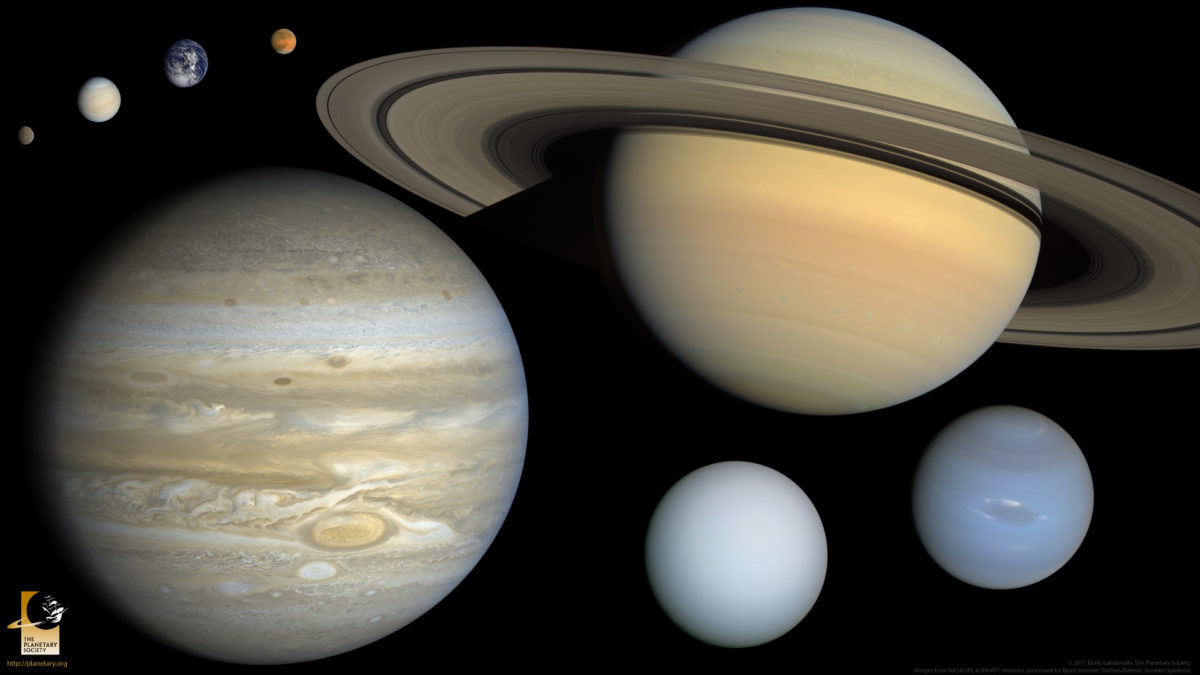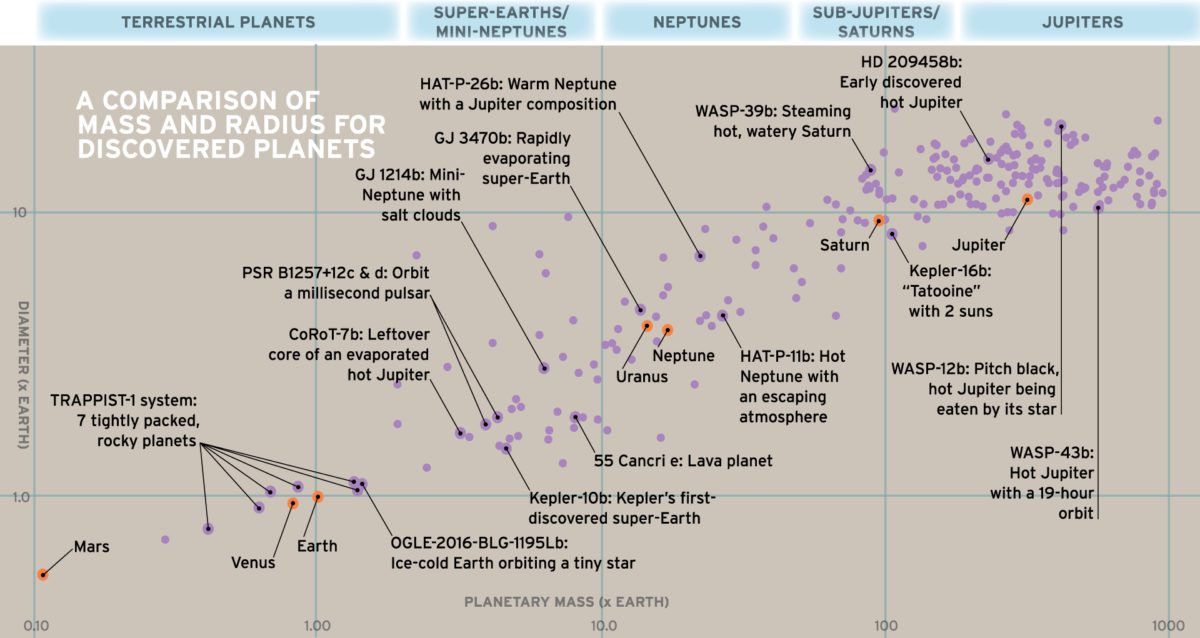Mark Marley • Apr 02, 2019
Not a Heart of Ice
I recently realized that when I say “ice,” most people don’t understand what I mean.
I am a planetary scientist, and I have studied (among other things) the ice giants of our solar system: Uranus and Neptune. What do you think “ice giant” means? It does not mean that Uranus and Neptune have crystalline water-ice interiors. Much like other potentially misleading words “rock,” “sand,” and “haze,” the word “ice” has a different and particular meaning to planetary scientists.

Uranus and Neptune, like all the other planets, formed within the solar nebula, a disk of material surrounding our newborn star. Some nebula materials -- silicate minerals or iron, for instance -- were in the solid phase almost everywhere in the nebula, except very close to the young Sun. Other materials, such as hydrogen and helium, were gaseous at any distance from the Sun. But some materials, like methane, ammonia, and water, were gases at the higher temperatures close to the Sun, and snowy solids farther away.

To draw a distinction between materials that would have been gases throughout the solar nebula, such as hydrogen and helium, and those species which would have been gases close to the sun but solids further out, planetary scientists refer to the latter as “ices”. So to a planetary scientist “ice” means some uncertain mixture of water, methane, and ammonia, with trace quantities of other compounds (such as hydrogen sulfide, carbon monoxide, and molecular nitrogen) that behave in the same way. The distance from the Sun, near the orbit of Jupiter, at which these materials transitioned from gases to solids during solar system formation was called the “snow line.”
The behavior of ices in the early solar system explains the difference between the giant planets Jupiter, Saturn, Uranus, and Neptune from the terrestrial planets Mercury, Venus, Earth, and Mars. The smallest of the giants is Neptune with a radius about four times that of Earth. Uranus is similar in size while Jupiter and Saturn are even bigger with radii about ten times larger than that of Earth.

Why are the giant planets so big? It’s not just that they’re more massive than the terrestrials, it’s also that their composition is very different from that of their little siblings. The terrestrial planets, which formed closer to the Sun, are composed mostly of rocks and metals that were solids close to the Sun while the giants sport rocky and metallic cores enveloped by a mixture of hydrogen, helium, water, methane, and ammonia. These materials aren’t as dense as rocks and metals, so an icy planet of equal mass to a rocky planet would just naturally be larger. The relationship between a planet’s mass and its radius for various bulk mixtures of different materials is called (wait for it) the mass-radius relationship.

The mass-radius relationship reflects a battle between high pressure in the interior of planets tending to squash the planet smaller and the repulsive forces between the constituent atoms and molecules trying to push things apart. At lower masses the repulsive forces win, and planets get larger as their masses increase. At higher masses gravity wins over repulsion, and planets get smaller with increasing mass. A single mass-radius curve can be computed for pure materials and mixtures of various compounds.
Since the masses and sizes of the solar system planets have long been known, we’ve had a good guesses for their bulk composition for some time. Jupiter and Saturn had to be mostly composed of hydrogen and helium because they are so wide. If their masses were composed of, say, pure methane, they would be smaller planets because methane is a heavier molecule that packs more densely together than hydrogen and helium do. From arguments such as this, planetary scientists have known since the 1940s that Jupiter and Saturn were mostly composed of hydrogen and helium while Uranus and Neptune had to possess a much higher proportion of denser materials.
This is how the giant planets got sub-divided into two different flavors of “giant.” Jupiter and Saturn, which had to be mostly hydrogen and helium, became known as the “gas giants,” while the smaller, less massive planets, which nevertheless had to be composed mostly of compounds that would have been in the form of ice in the outer solar nebula, became the “ice giants.” While this distinction has been known since the late 1940s, the first use of the term that my colleagues and I have found in the scientific literature dates to about 1978. The term became widely used in the 1980s (Wikipedia is wrong in its attribution to something later).
So the terms “ice giant” and “gas giant,” as used by planetary scientists, are labels for the materials that were available to form the planets, not descriptors of what’s inside the planets today. Planetary scientists don’t think twice about these terms, but what happens when people who haven’t been trained in planetary science read “ice giant”? They interpret the term to mean that these planets are giant balls of ice with thin atmospheres on top. In fact this isn’t the case. At the high temperatures and pressures deep inside these planets the ices are in the form of a hot (thousands of Kelvin), dense superionic ocean. Definitely not a big ice ball ready to chill a cosmic cosmopolitan. So as in the case of “sand,” “ice” isn’t always what you think.
Support our core enterprises
Your support powers our mission to explore worlds, find life, and defend Earth. You make all the difference when you make a gift. Give today!
Donate

 Explore Worlds
Explore Worlds Find Life
Find Life Defend Earth
Defend Earth

